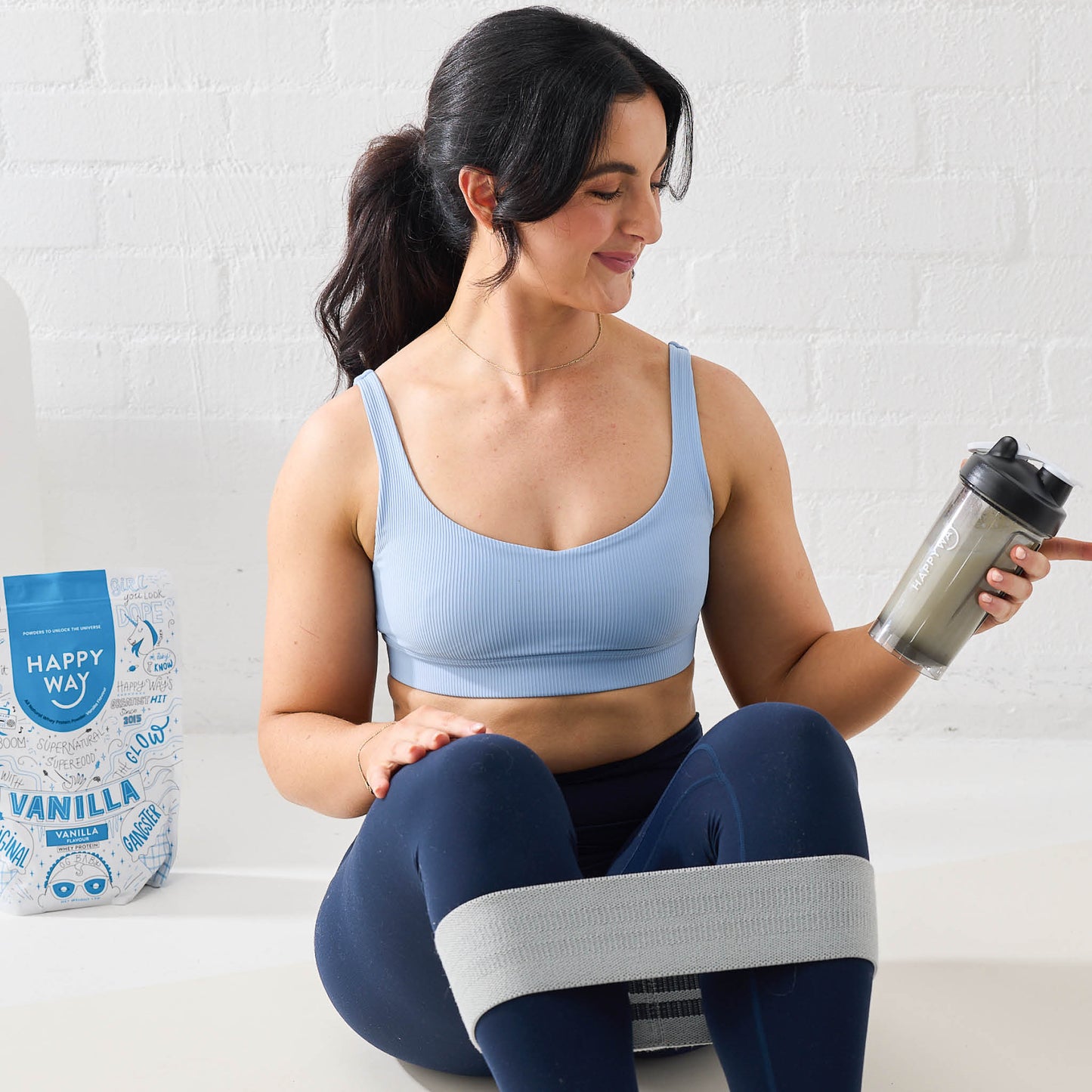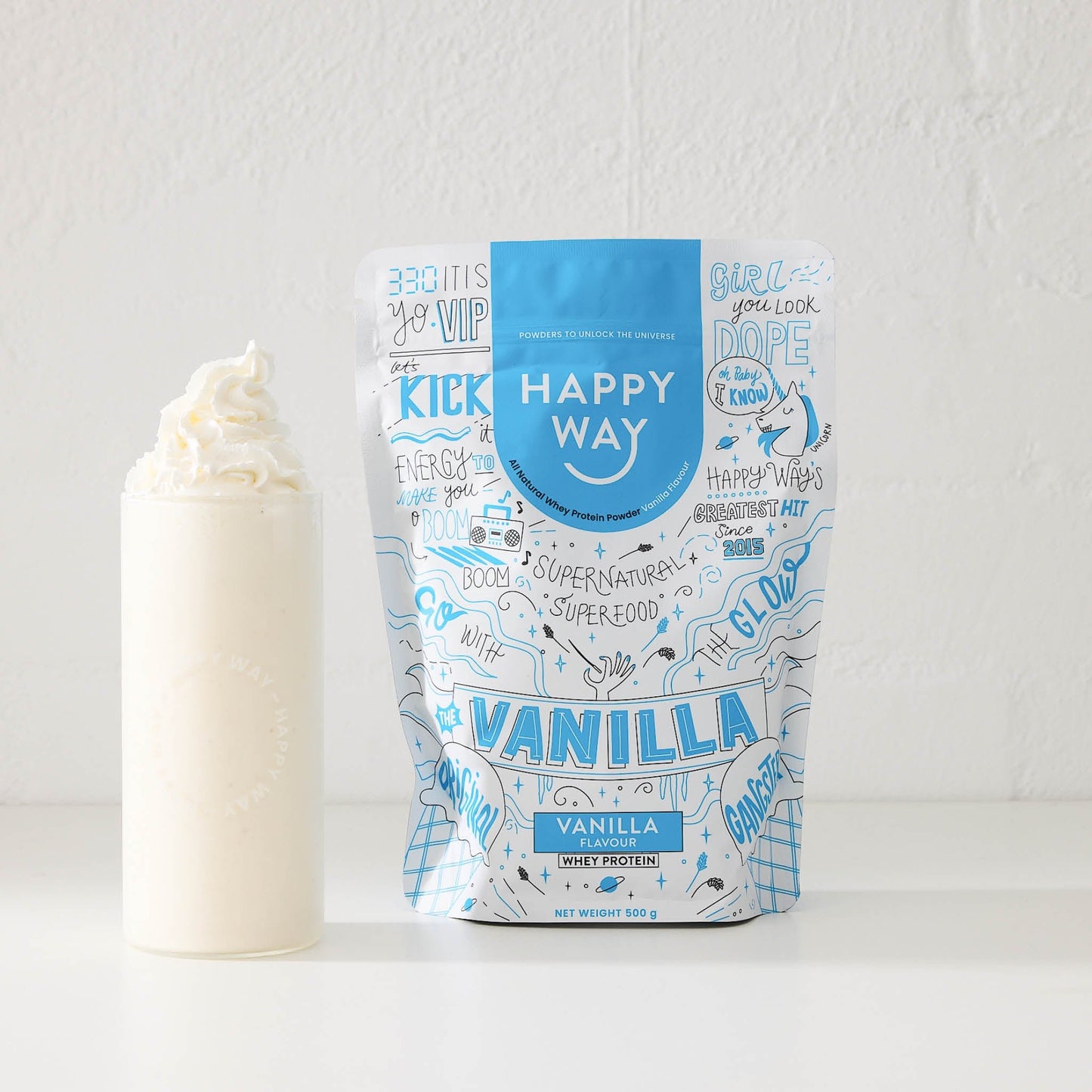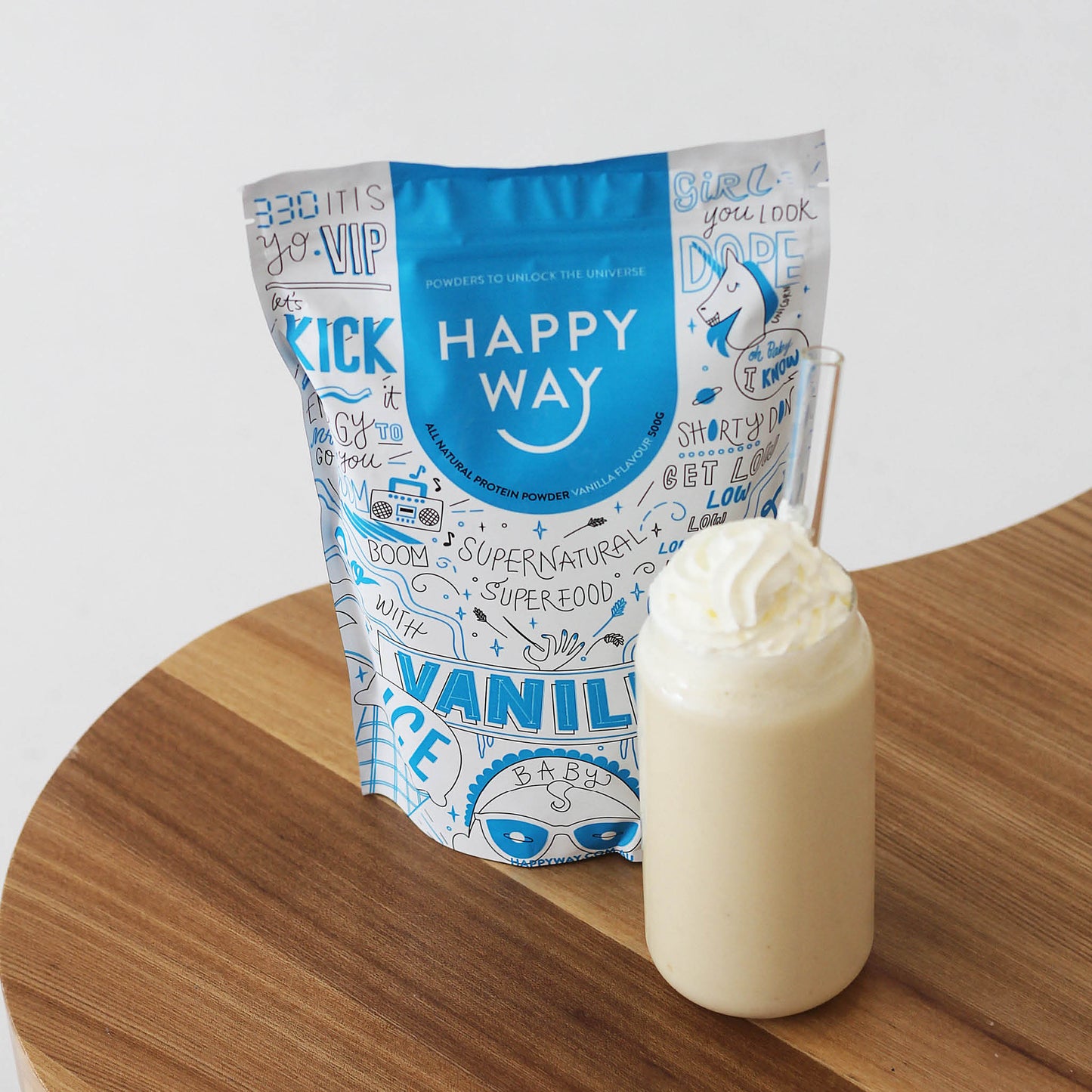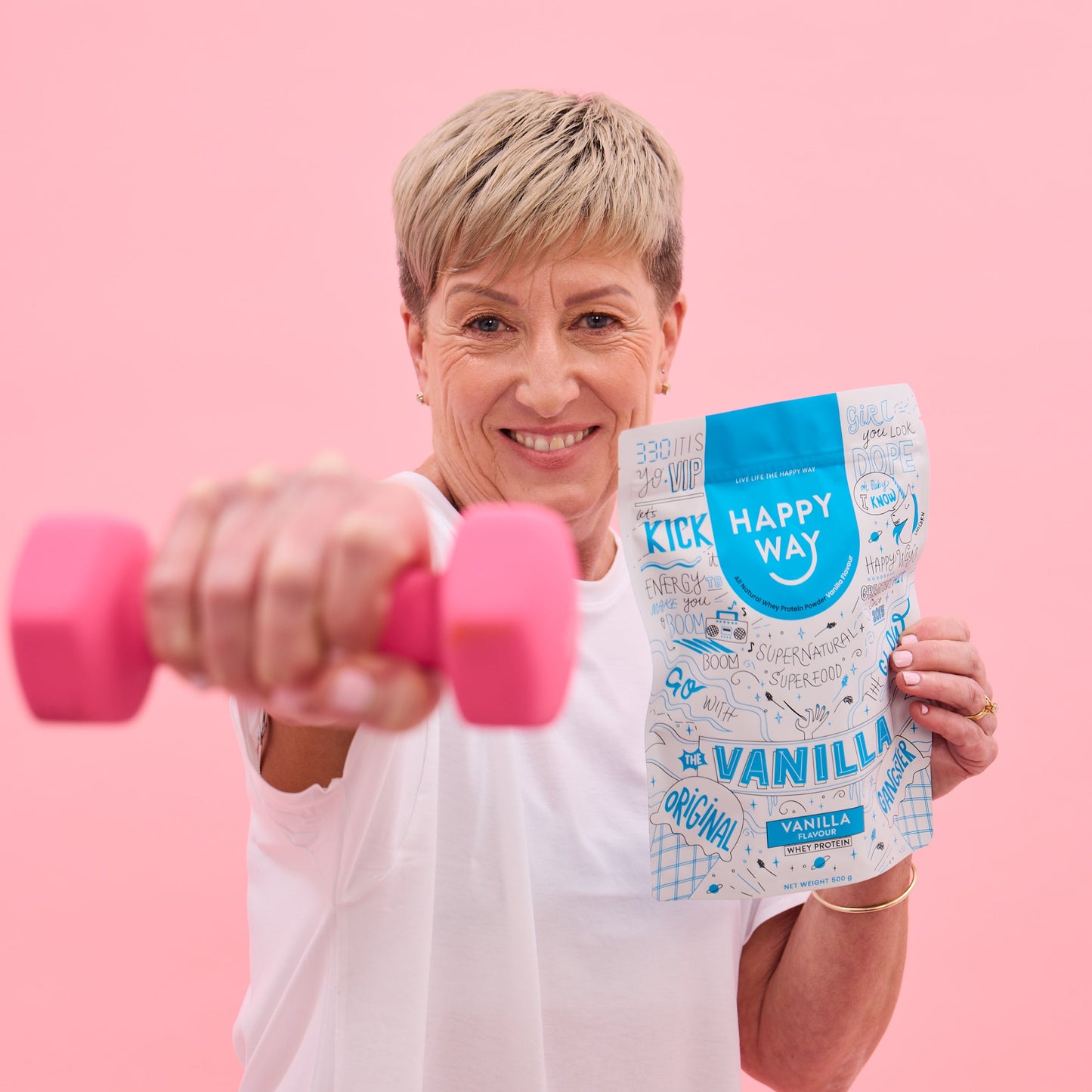
When it comes to fitness, it’s an all or nothing approach for many. This means no mid circuit breaks and rest days because it’s too cold to leave the car. It means waking up every single morning at the crack of dawn come rain, hail or shine with a determination that no level of sore glutes, aching biceps and runny nose can hold back. While we commend you, heck we even bow down to you, there is something to be said about over committing and under fuelling.
Generally speaking, the more you put in, the more you get out. That is unless you reach your tipping point and end up on the less desirable side of the scales. Once you have reached this point, the more you exercise, the more harm you will be doing to your body. This is when you have reached a level commonly referred to as overtraining syndrome (OTS). According to some studies, it is possible to reach a point of diminishing returns, at which point the stress of overtraining can cause a depletion of hormones in our adrenal glands. Once this happens, we leave our bodies susceptible to a host of problems, the least of which is poor form at the gym.
Not to be confused with DOMS, overtraining syndrome is far more severe than torn muscle fibres and sore glutes. If left untreated, OTS holds the potential for prolonged and serious injury. While there is no clear definition of the syndrome, OTS may be characterised as diminished performance resulting from too much training without adequate recovery or refuelling. Think of it as the post-exercise equivalent of conditions such as adrenal fatigue or chronic fatigue. Whether you are male or female, the risk of OTS is very real and presents itself in symptoms beyond sore muscles and general tiredness.
Here are seven signs that you may be experiencing overtraining.

Decreased performance
One of the first signs of overtraining is a decrease in performance that goes beyond a bad training session. That means a lack of progress despite an increase in training intensity and volume. If you feel like you are working your ass off (figuratively speaking) and are not seeing any changes in your fitness level or the shape of your body, you may be experiencing overtraining. That is because you have essentially entered a muscle-burning phase and every time you exercise you are essentially tearing your muscle fibres all over again before they have had an opportunity to recover properly. Aside from a lack of growth, this may present itself in other ways such as decreased agility, decreased strength and reduced endurance.
Prevent your chances of overtraining by scheduling rest days into your fitness repertoire and incorporating low impact activities such as walking, Pilates and yoga. Remember that depleted protein stores can lead your body into a catabolic state as well, so track your protein intake and replenish your stores with protein-rich foods and supplements.

Changes in your resting heart rate
An altered resting heart rate is an indicative sign of overtraining. While resting heart rates will vary to some degree depending on one’s fitness level and overall health, overtraining will generally lead to an added 10-15 heartbeats per minute. Take note of your resting heart rate and track any changes over a period of time. If you detect elevated heart rates or if you notice that it takes longer than usual for your heart rate to drop following exercise, then you may be experiencing OTS.

Prolonged and unwarranted fatigue
Struggling to get out of bed mid-week every once in a while or experiencing heavy legs after a training session will happen to the best of us. However, if you don’t give your muscles and body adequate time to recover, fatigue will accumulate in the body over time, leading to more prolonged exhaustion. If you haven’t given your body sufficient time to recover and haven’t refuelled, the more you exercise, the more you will be encouraging your body to tap into its own energy stores. A telltale sign of this is unrelenting thirst. That is because when your body enters a catabolic state, it begins to consume its own muscle for protein, a process that naturally causes dehydration.
If you find that you are making excuses to sleep in and skip your gym sessions, it may mean it’s time to give your body a break before you quit your membership altogether. Instead of reaching a tipping point, why not have a week off. Make sure you catch up on your sleep and ensure. When you do step back into the gym, build the intensity and volume of your workouts slowly.

A change of mood
Overtraining can place severe stress on the nervous system and can present itself in a shift in mood and behaviour. Just like prolonged lack of sleep can lead to moodiness, agitation and even depression, the same can be said of going too hard at the gym. And this is not just due to sore muscles and not reaching your desired gains for the week. That is because overtraining can affect your stress hormones and lead to an imbalance of cortisol levels. Beyond its effect on the nervous system, overtraining can lead to a fixation on body image and unrealistic goals, promoting an unhealthy and overwhelming relationship with exercise.

Restless sleep
One of the first signs of extreme stress placed on the nervous system or hormonal imbalances is insomnia or disturbed sleep. If your morning run and evening gym session is not enough to knock you out for a solid 8 hours, then you may be overtraining. An overproduction of hormones such as cortisol and other stress hormones, will prevent your body from winding down and being in a state of relaxation. Given that sleep is a time when your body can fully recover and repair itself, prolonged periods without sleep can leave you not only feeling moody and agitated but also prone to injury. Your body grows when it sleeps, so if you are finding it hard to wind down, take a week off, eat clean and give your body time to heal.

Persistent injuries
While overcommitting at the gym can leave you feeling tired and depleted, it can also leave you more prone to injuries. If you are not giving your body time to recover between sessions, you are in fact training during a weakened state. Not to be confused with DOMS and sore joints, pain that does not subside within 48-72 hours should be taken more seriously. If you are experiencing nagging injuries or a flare-up of old ones, it may be time to hang up the runners for a week or two and give your body adequate time and fuel to recover.

Increased susceptibility to colds
While exercising is beneficial to overall health, studies have shown that there exists a point of diminishing returns at which time overexercising can be linked to adrenal insufficiency. According to the Texas Department of Kinesiology, there is a direct link between stress and the adrenal glands, with the physical stress of overtraining causing a depletion of hormones produced in these glands. This hormonal imbalance is said to weaken the immune system leaving you more susceptible to sickness. If you find that the frequency and length of your coughs and colds are increasing, you may be overtraining.
Give yourself permission to have a break from the gym, increase your vitamins A and E and make sure you replenish your glutamine stores. As one of the most important amino acids found in our body, glutamine is mostly present in the skeletal muscles and the lungs. Playing a key role in essential functions such as tissue repair, digestive health, and strengthening the immune system, depletion of glutamine stores can leave you more susceptible to viruses. Ensuring you track your protein intake, especially when exercising, is key to preventing this.











